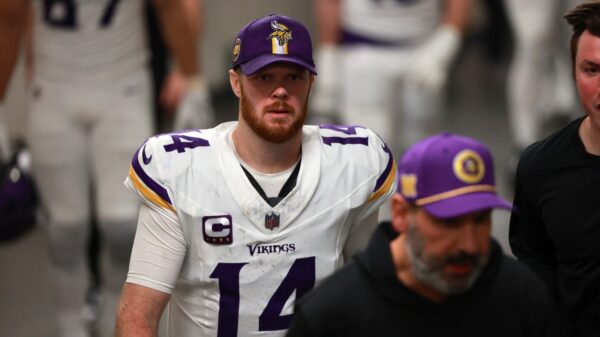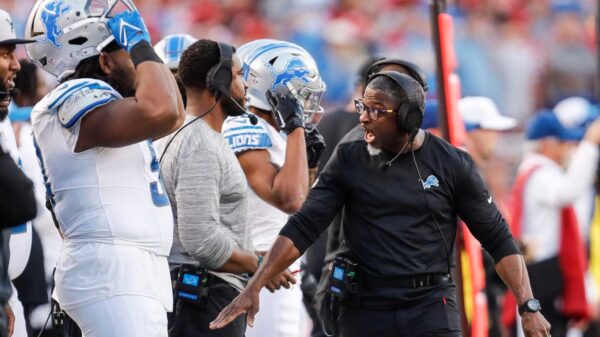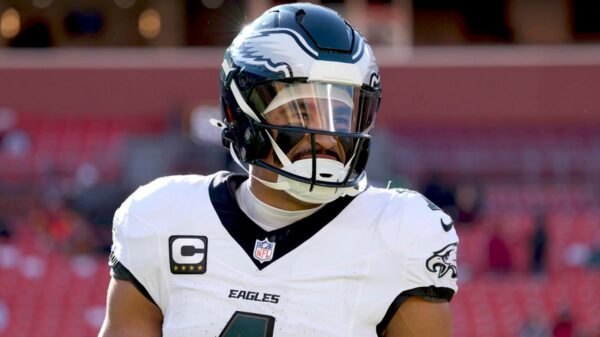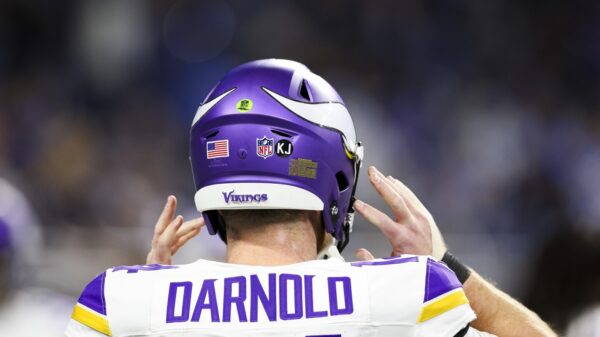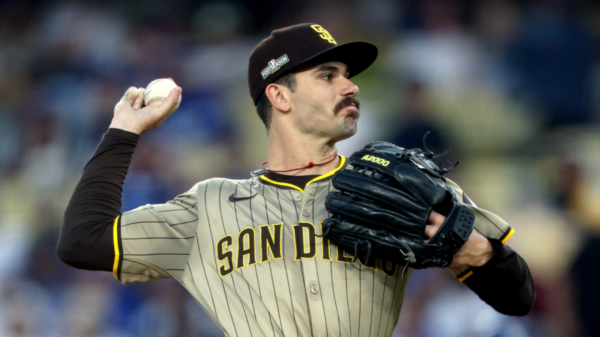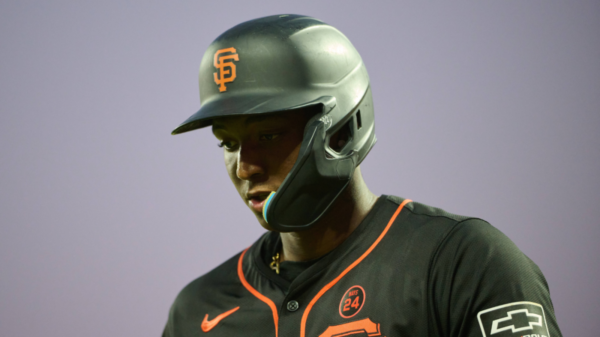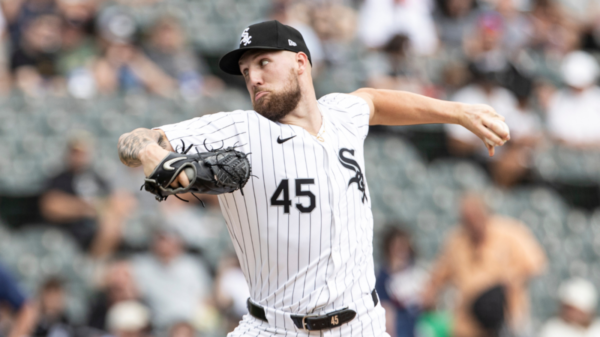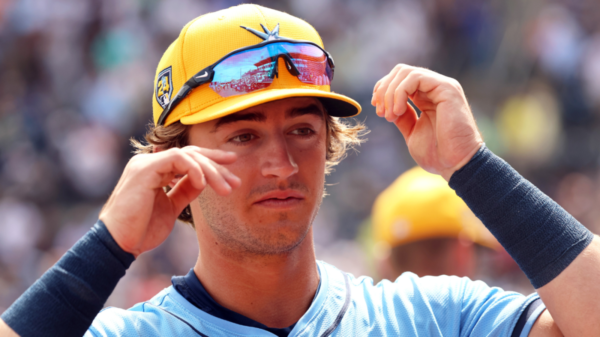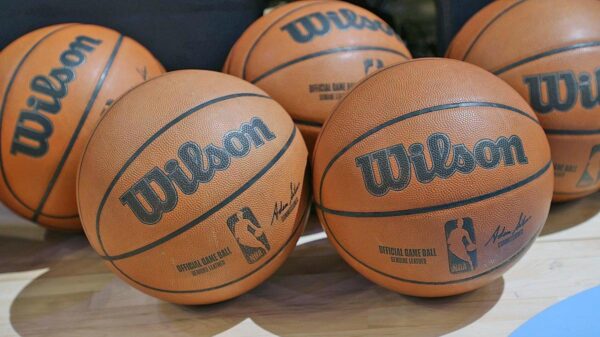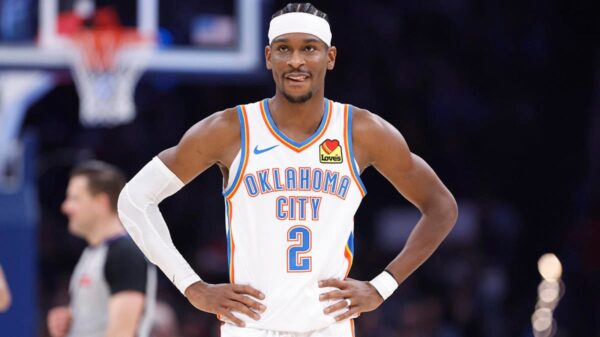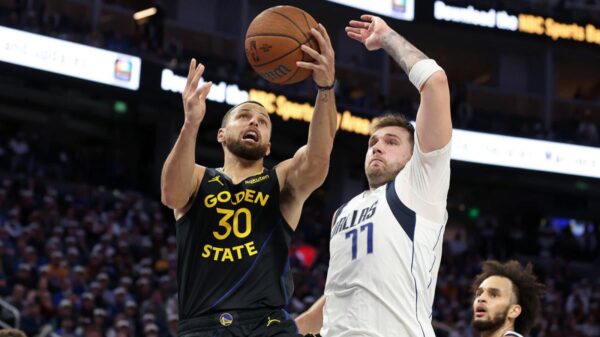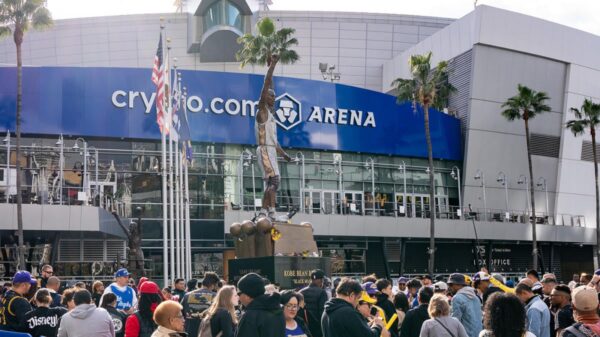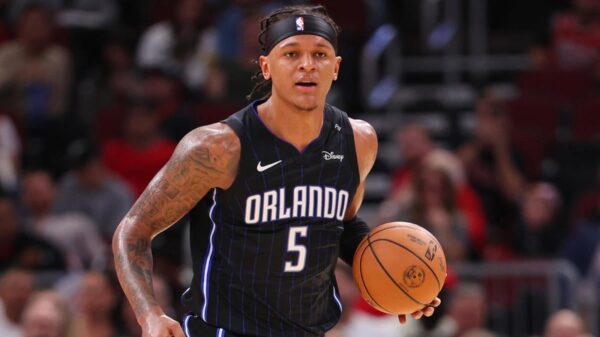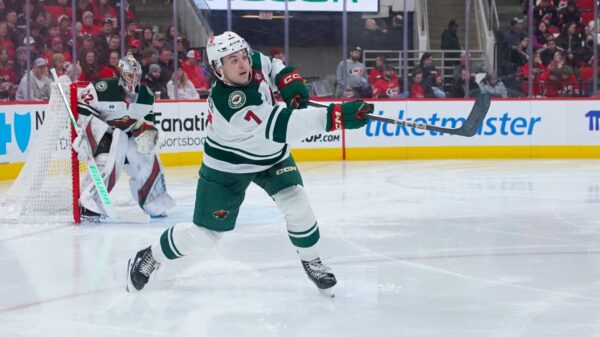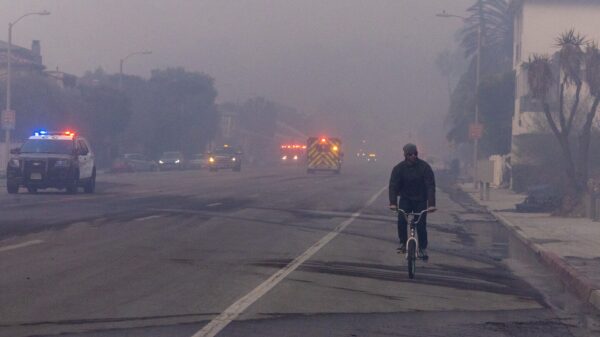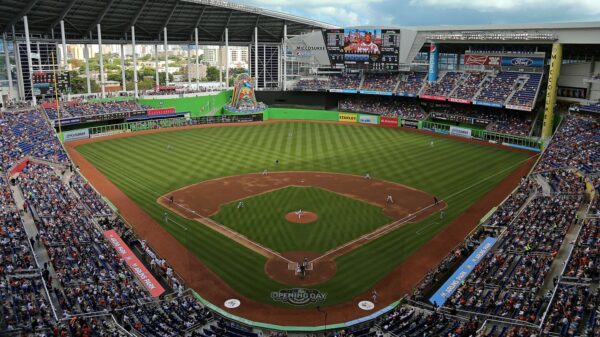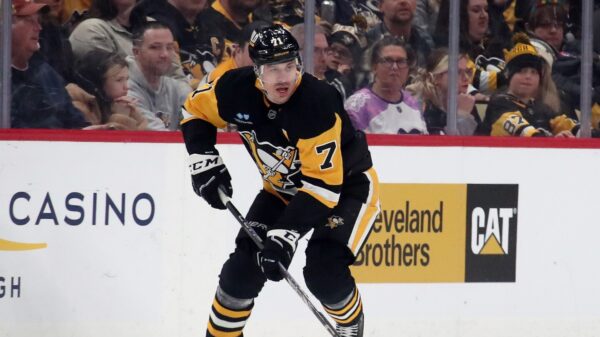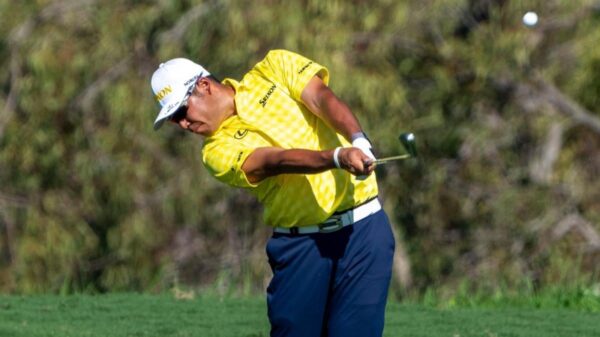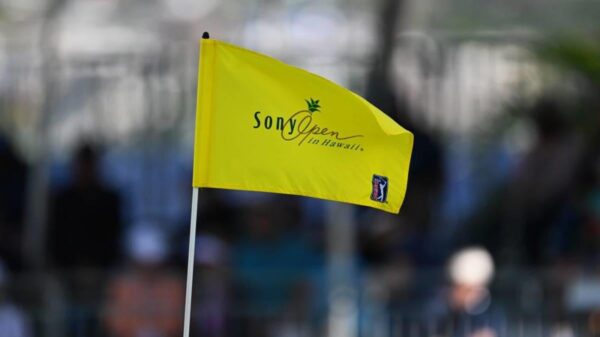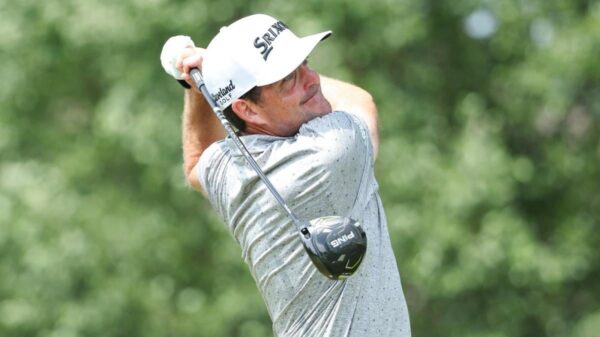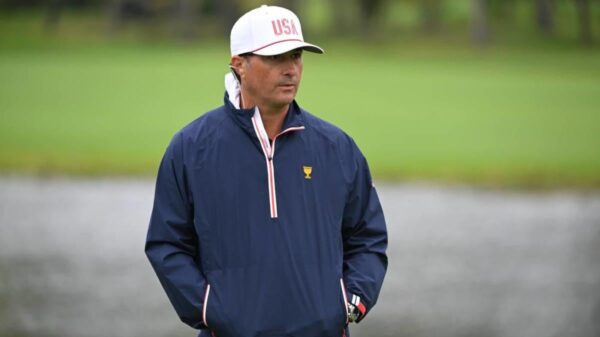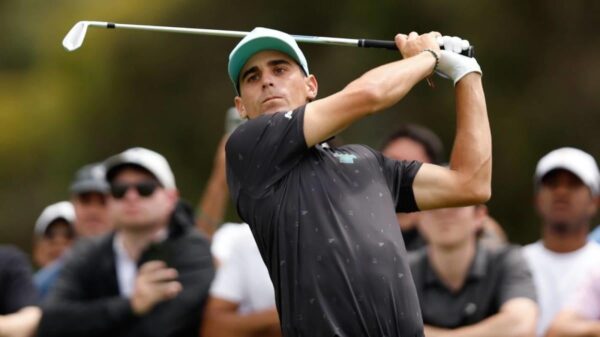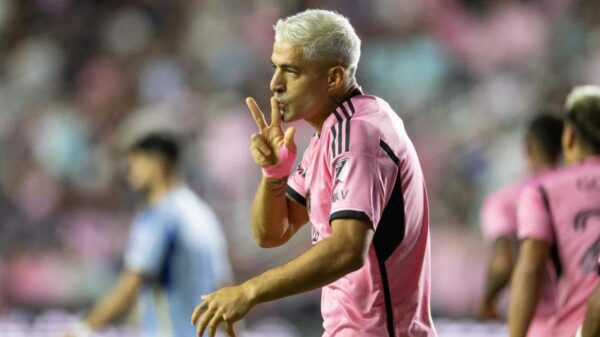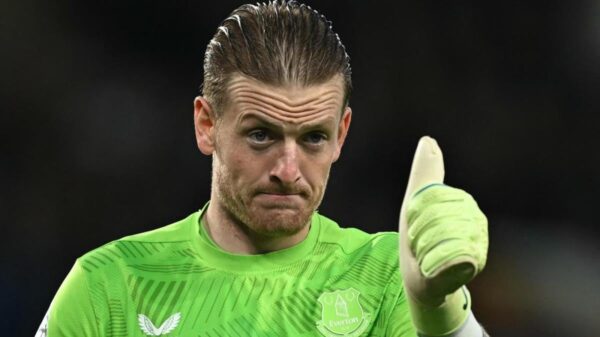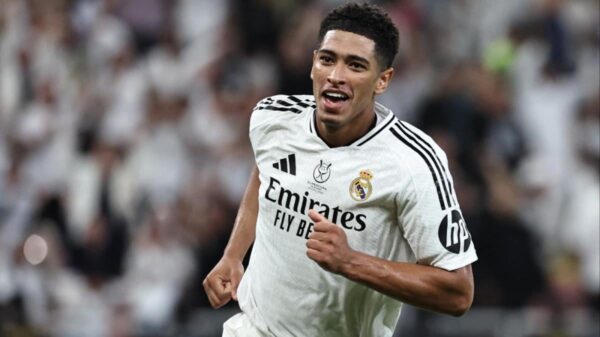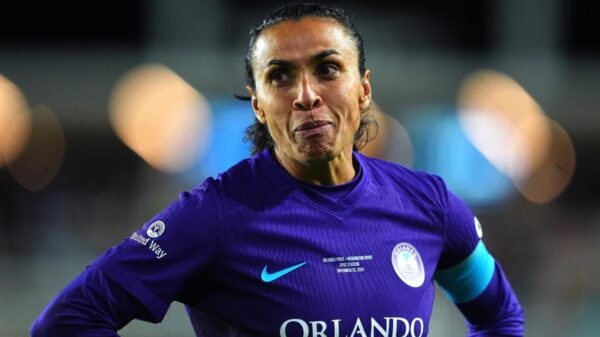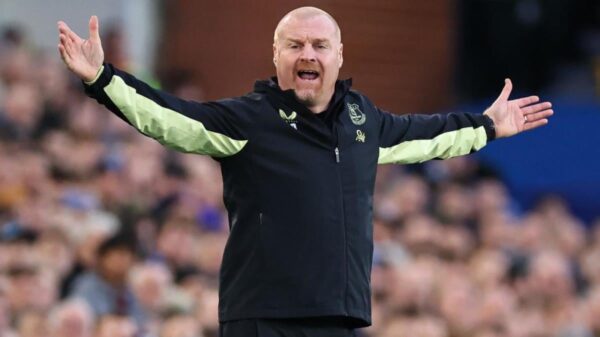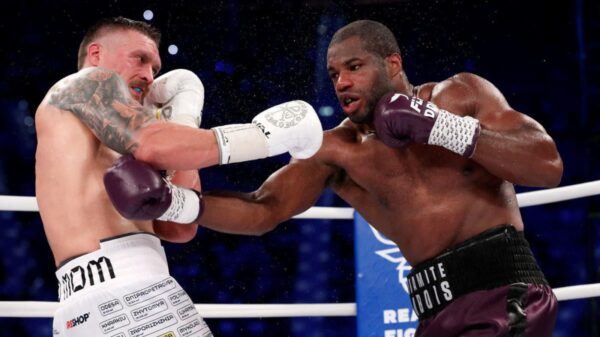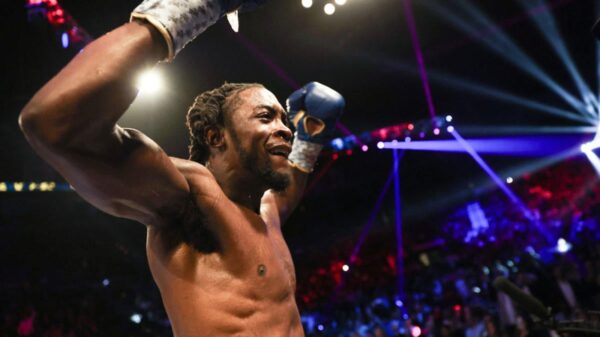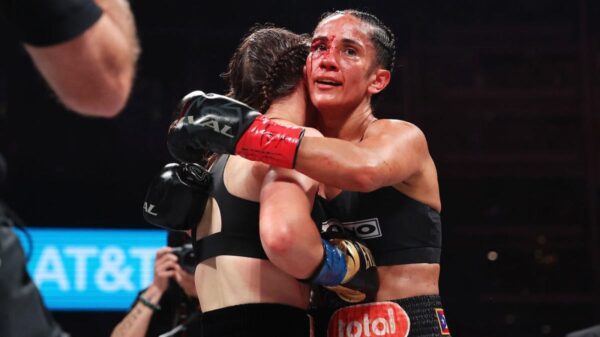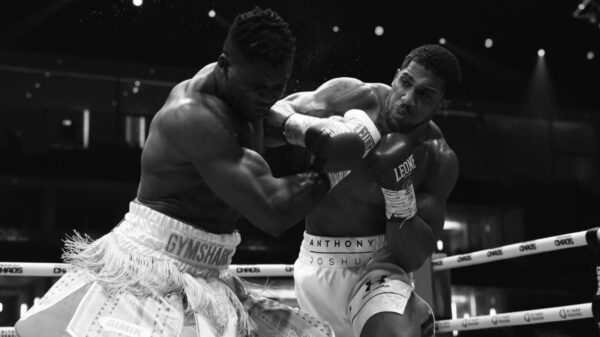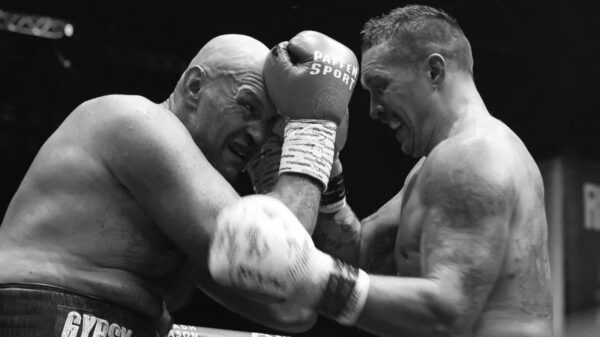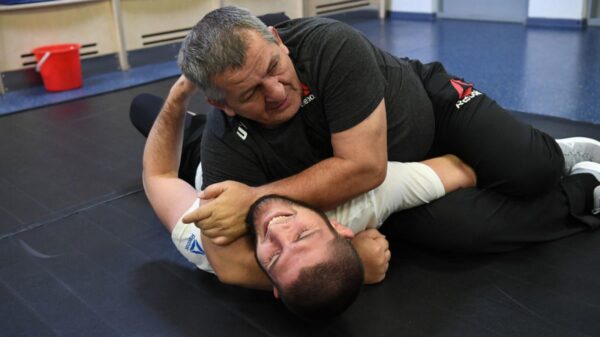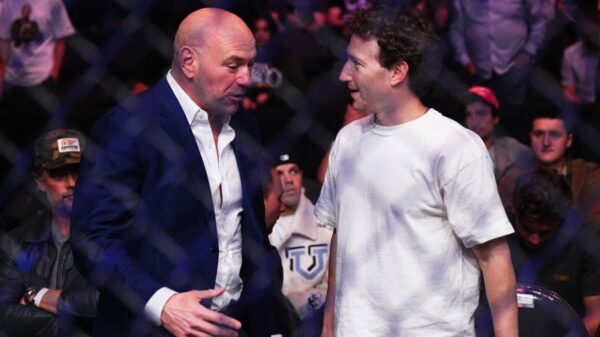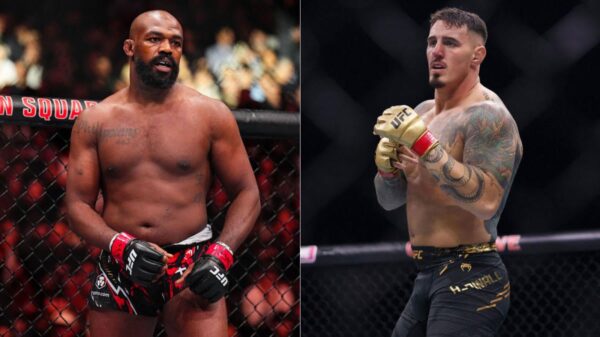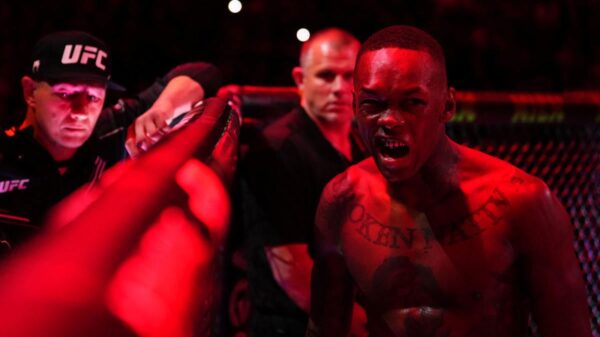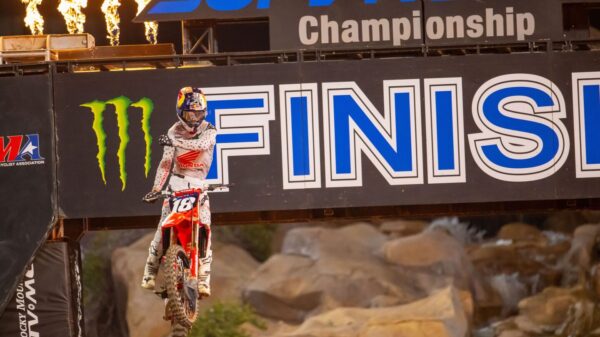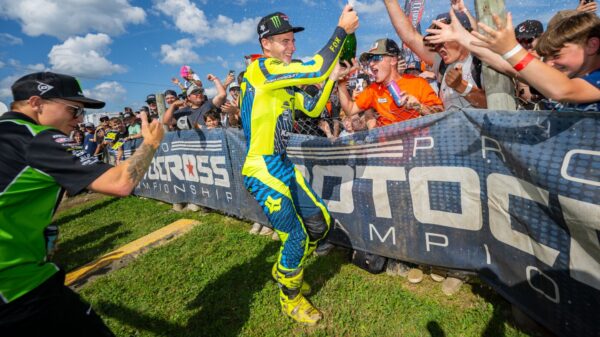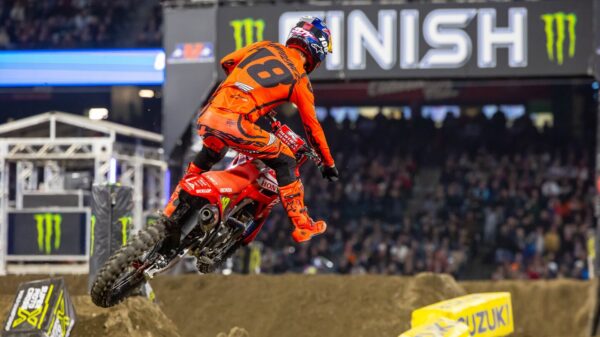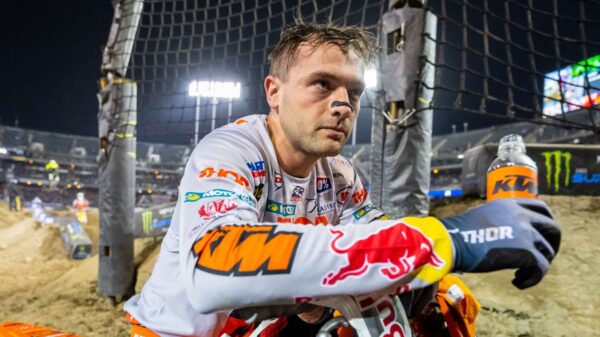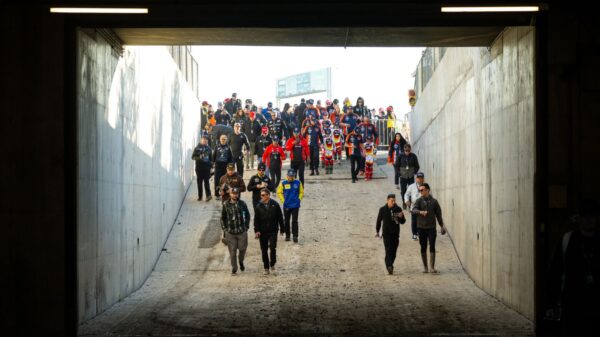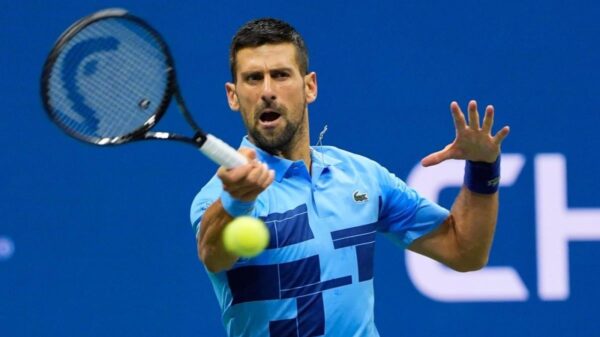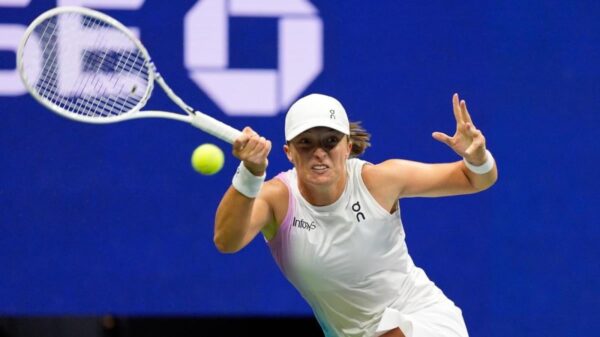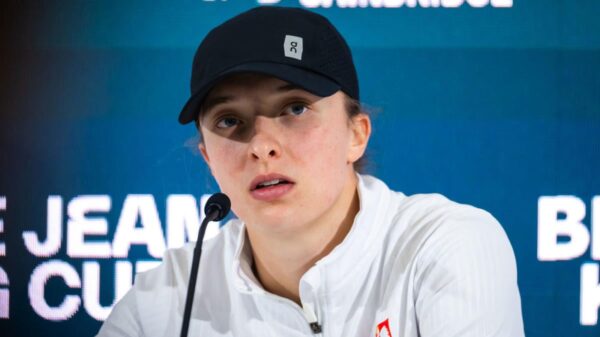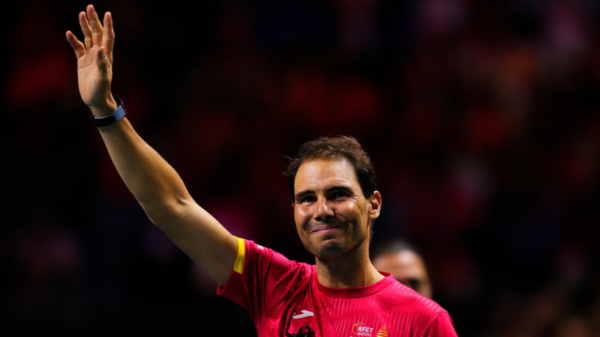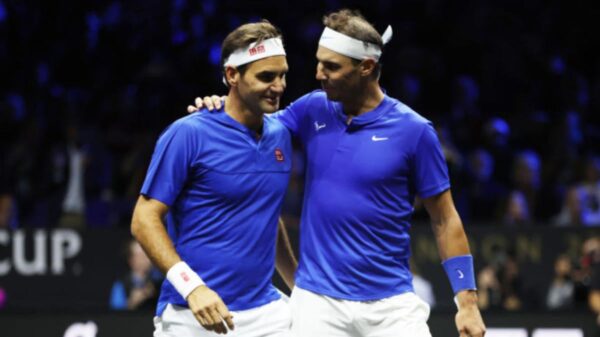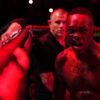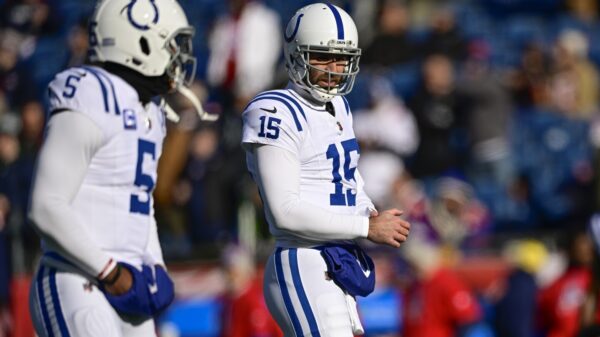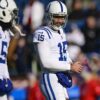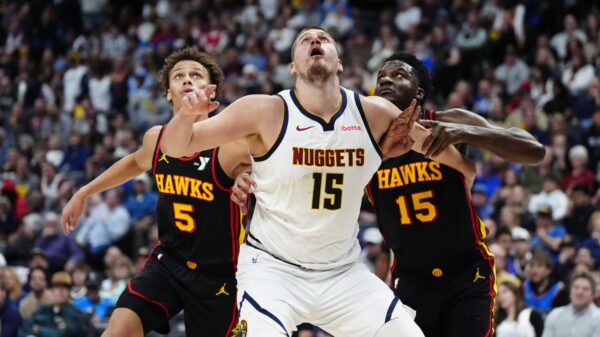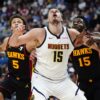The 2024 World Series is complete and the 2024-25 offseason is already underway. More than 100 players became free agents the day after the World Series ended and soon teams will have to make decisions about contract options and qualifying offers. Here are the important offseason dates and deadlines you need to know.
The qualifying offer entitles teams to draft pick compensation in the event they lose a free agent to another team. The QO is a one-year deal set at the average of the top 125 salaries in baseball, and this offseason it is worth $21.05 million, per ESPN. That is a record and up from $20.325 million last offseason, and $19.65 million the offseason before that.
Teams have until five days after the end of the World Series to tender their free agents the QO, and players who receive it then have until 4 p.m. ET on Nov. 19 to accept or reject. Players who accept the QO remain with their team, and players who reject it hit free agency with draft-pick compensation attached. Simple, right? The process is, but the decisions aren’t always.
With that in mind, let’s run down this offseason’s QO candidates. Here are the draft-pick compensation rules to get us started.
Compensation rules
Once upon a time, teams that lost an eligible free agent received a compensation draft pick after the first round. It was nice and easy. The current rules are a bit more complicated. Here are compensation rules for teams that lose a qualified free agent:
|
Received revenue sharing |
Less than $50 million |
Pick after competitive balance round B (before third round) |
|
Received revenue sharing |
$50 million or more |
Pick after first round |
|
Paid competitive balance tax |
N/A |
Pick after fourth round |
|
All other teams |
N/A |
Pick after competitive balance round B (before third round) |
The Athletics, Brewers, Diamondbacks, Guardians, Mariners, Marlins, Orioles, Pirates, Rays, Reds, Rockies, Royals, Tigers, and Twins received revenue sharing this season, so the first two scenarios apply to them. The Astros, Blue Jays, Braves, Cubs, Dodgers, Mets, Phillies, Rangers, and Yankees will pay competitive balance tax (CBT), so they’re the third scenario. The Angels, Cardinals, Giants, Nationals, Padres, Red Sox, and White Sox neither received revenue sharing nor paid CBT. They’re in the fourth bucket.
Now here are the penalties for signing a qualified free agent:
|
Paid CBT |
Second and fifth highest |
$1 million |
|
Received revenue sharing |
Third highest |
none |
|
All other teams |
Second highest |
$500,000 |
The Astros, Blue Jays, Braves, Cubs, Dodgers, Mets, Phillies, Rangers, and Yankees will pay CBT and are in the first group. The Athletics, Brewers, D-backs, Guardians, Mariners, Marlins, Orioles, Pirates, Rays, Reds, Rockies, Royals, Tigers, and Twins received revenue sharing and are in the second group. The Angels, Cardinals, Giants, Nationals, Padres, Red Sox, and White Sox are the third group. Got it? Good.
Seven players received the QO last offseason: Cody Bellinger and Aaron Nola signed new contracts to remain with their teams; Matt Chapman, Sonny Gray, Josh Hader, Shohei Ohtani, and Blake Snell rejected the QO and signed with new teams, giving their former clubs compensation draft picks. Teams do not gain or lose draft picks for re-signing their own qualified free agent.
Not eligible to receive QO
Players are eligible for the QO as long as they spent the entire 2024 season with one team and did not receive the QO previously. That means a not-insignificant number of high-profile free agents are not eligible for the QO this offseason. Here are the notables:
The Tigers traded Flaherty to the Dodgers for catcher Thayron Liranzo, their No. 6 prospect per MLB Pipeline, and Trey Sweeney, their starting shortstop during their late-season surge and in October. That’s a much better haul than the one compensation draft pick Detroit would have received had they kept Flaherty all year and made him the QO. Anyway, these free agents are among those not eligible for the QO for one reason or another this offseason.
Locks to receive the QO
I count nine stone cold locks to get the QO this offseason: Willy Adames (Brewers), Pete Alonso (Mets), Alex Bregman (Astros), Corbin Burnes (Orioles), Max Fried (Braves), Teoscar Hernández (Dodgers), Sean Manaea (Mets), Anthony Santander (Orioles), and Juan Soto (Yankees). Manaea must opt out of his $13.5 million salary for 2025 to become a free agent, which he’ll surely do. The Mets will then tender him the QO.
Those nine players are locks to receive the QO and also decline it. Hernández seems most likely to accept the QO among that group only because he had a weird free agency last offseason, but I would expect him to decline it. Those guys all have handsome paydays awaiting them in free agency. In Bregman’s and Soto’s cases, accepting the QO would mean taking a pay cut from 2024 to 2025. That’s not happening.
Likely to receive the QO
Jurickson Profar’s career arc is fascinating. He was the best prospect in baseball in 2013, then he was a bust who didn’t perform, then he missed two full seasons with injuries, then he became a competent player in his late 20s and early 30s. In 2024, Profar returned to the Padres on a $1 million contract right as spring training opened, and he responded with a career year and a deserving selection to the All-Star Game. He went from $1 million signing to a QO candidate in eight months.
The Red Sox’s trade for Tyler O’Neill was a rousing success. In exchange for two relievers who threw a combined 12 1/3 innings for the Cardinals, Boston got a 31-homer and 2.7-WAR corner outfielder, and O’Neill did that in only 113 games around lower body injuries. O’Neill’s extreme pulled fly ball approach as a right-handed hitter — his pulled fly-ball rate was in the 97th percentile in 2024 — fits Fenway Park extremely well. I expect the Red Sox to make him the QO. A multi-year extension makes sense for both sides.
Christian Walker was tasked with replacing D-backs franchise legend Paul Goldschmidt at first base and he did the job exceptionally well the last few seasons. The market is not particularly kind to righty-hitting, righty-throwing first basemen, particularly when they’ll turn 34 in spring training, but Walker slugged home runs on a pace of 34 per 162 games over the last three years, and he’s arguably the best defensive first basemen in the game. Given his age, this figures to be his last chance at a big free agent contract, so he’ll likely decline the QO.
On the bubble
This is where you find the No. 3-ish starter types: Nick Pivetta (Red Sox), Luis Severino (Mets), and Michael Wacha (Royals). Quality pitchers, all of them, but all will be at least 31 on Opening Day next year, and it only gets harder to get paid the deeper you get into your 30s. And, of course, pitchers have a lot of inherent injury risk. All three guys may never have a better chance to land a nice multi-year contract. If they get the QO, it stands to reason they’ll decline it, and look for a larger payday.
From the teams’ perspective, the QO is worth it, right? Worst case is the pitcher takes the QO and you’ve got a good starter on a one-year contract, even with a big salary. The Red Sox need more pitching, not to subtract one of their most reliable innings guys. I think the Mets would be thrilled with one more year of Severino. Wacha must opt out of his $16 million salary for 2025 to become a free agent. Would he opt out of $16 million only to take the $21.05 million QO? Yeah, maybe, but it’s not the biggest financial risk for the Royals. They’re already willing to pay Wacha $16 million in 2025. Another $5.05 million shouldn’t break the bank.
Gleyber Torres (Yankees) is also on the bubble. He had a down year by his standards, but finished very strong, and was quite good in the postseason. Torres turns only 28 in December, he plays an up-the-middle position, and he has a strong track record. He might be willing to do a one-year prove yourself contract a la Bellinger two years ago. That would mean he could re-enter free agency as a 29-year-old next offseason, which makes him a candidate to take the QO. Age is on his side.
The Yankees have been stingy with the QO in recent years because they pay CBT and would only get a draft pick after the fourth round for losing a qualifying free agent. It seems the Yankees prefer the financial flexibility (i.e. not having a player unexpectedly take the QO) to that draft pick after the fourth round. With owner Hal Steinbrenner bellyaching about payroll and the Yankees expected to pursue a new deal with Soto, the bet here is they don’t make Torres the QO.
Other free agents on the QO bubble include Walker Buehler (Dodgers) and Max Kepler (Twins). The Pohlad family is exploring a sale of the Twins and teams that are up for sale usually don’t add big contracts, even on a one-year commitment, so Kepler is unlikely. It seems like Buehler and Dodgers could work out a reunion on different terms, if they decide to go that route. The QO is awfully pricey given his injury history and 2024 performance. No free-agent relievers are at the QO level a la Hader and Edwin Díaz. The best QO-eligible relievers this offseason are Jeff Hoffman and Clay Holmes.
The injured guys
Two players who would have placed near the top of our free-agent rankings are currently rehabbing from major surgeries: Shane Bieber (Guardians) and Ha-Seong Kim (Padres). Bieber had Tommy John surgery in April and is expected to return to big-league action sometime next summer. Given Cleveland’s perpetually small payroll, it seems unlikely they will make a $21.05 million dice roll on an injured pitcher. The club’s financial situation makes a clean break most likely. No QO for Bieber.
Kim had labrum surgery on Oct. 10 and he’s aiming for a return early in 2025, per the San Diego Union-Tribune. His contract includes an $8 million mutual option with a $2 million buyout, making it a $6 million decision. One side will decline that. Either Kim will decline it and seek a larger payday in free agency, or the Padres will decline it because they’re scared of the medicals. Mutual options are made to be declined. They’re a way to push money to next year’s payroll more than anything.
Could the QO be the path to a reunion between Kim and the Padres? He could take the QO, show he’s healthy in 2025, and test free agency at age 30 next offseason. The Padres would get their shortstop back on a one-year contract — an expensive one-year contract, but still a one-year contract — at a time when their World Series window is as open as it’s going to get. Ultimately, without knowing Kim’s rehab status, it’s impossible to say how likely it is he gets a QO.
The official, sure-to-be-wrong CBS Sports prediction is 15 free agents get the QO this offseason: Adames, Alonso, Bregman, Burnes, Fried, Hernández, Manaea, O’Neill, Pivetta, Profar, Santander, Severino, Soto, Wacha, and Walker. Fifteen QOs would be the new all-time high, breaking the record of 14 QOs during the 2021-22 and 2022-23 offseasons. The game is trending toward more QOs with each passing offseason.
Read the full article here

